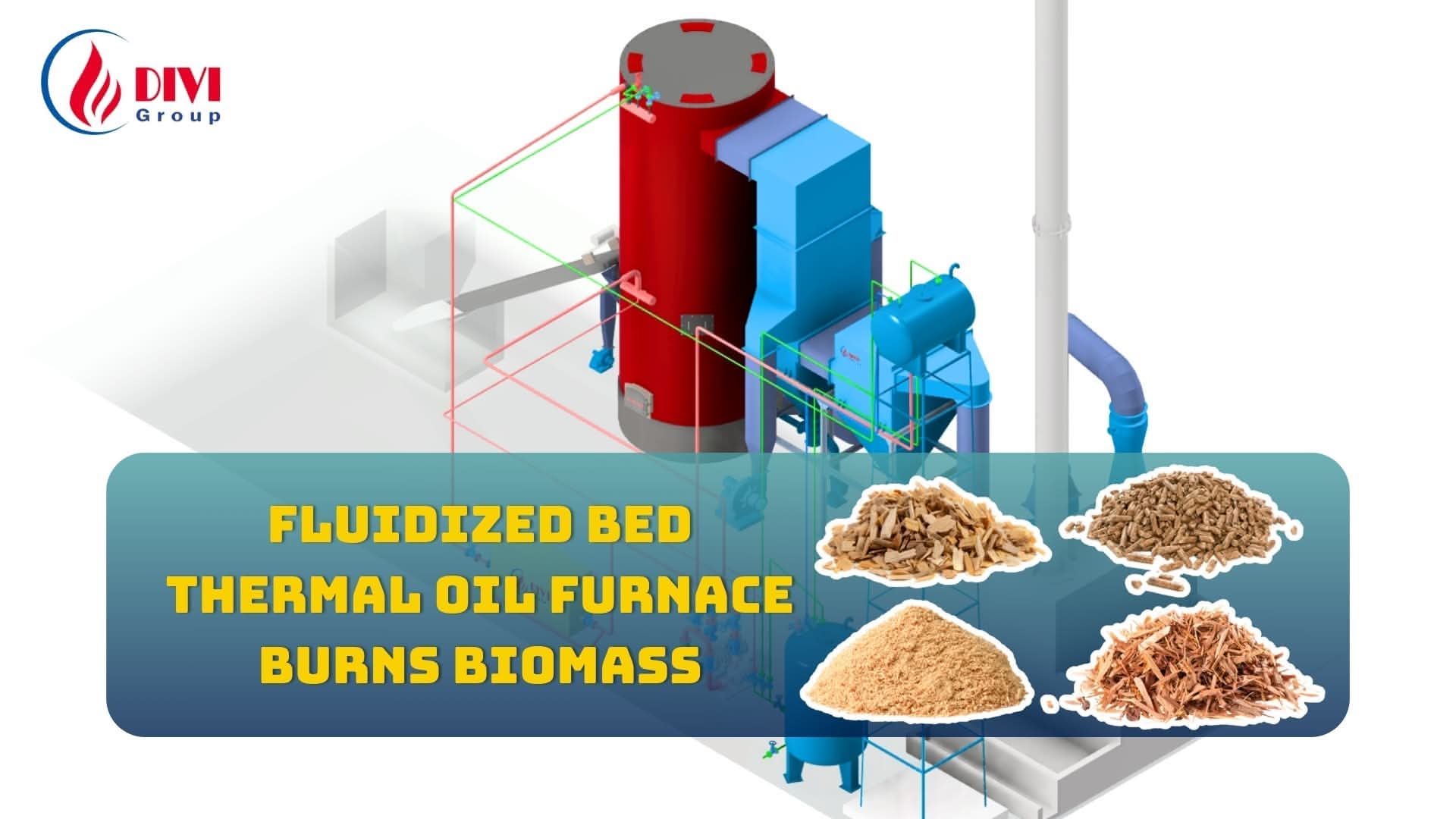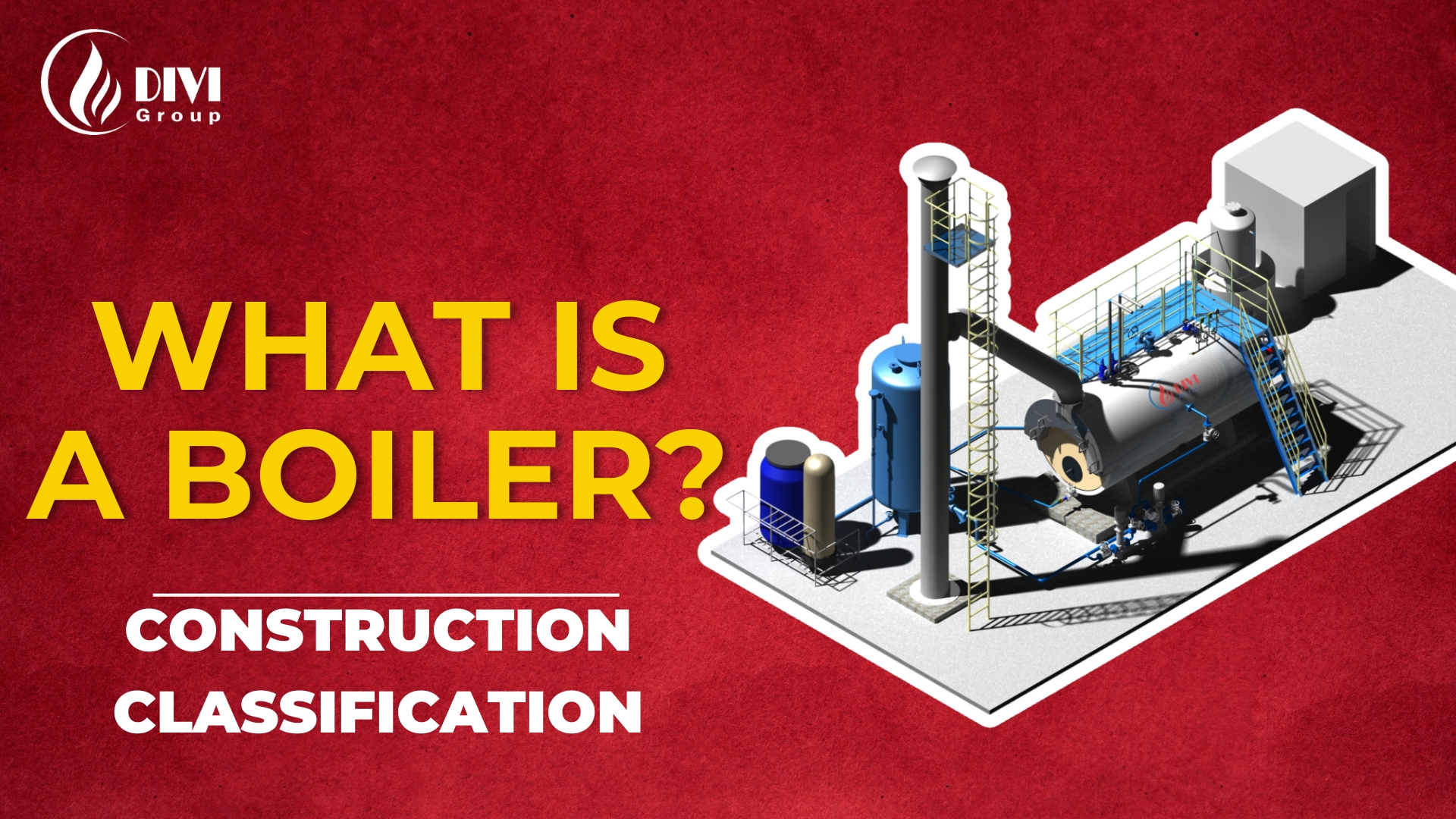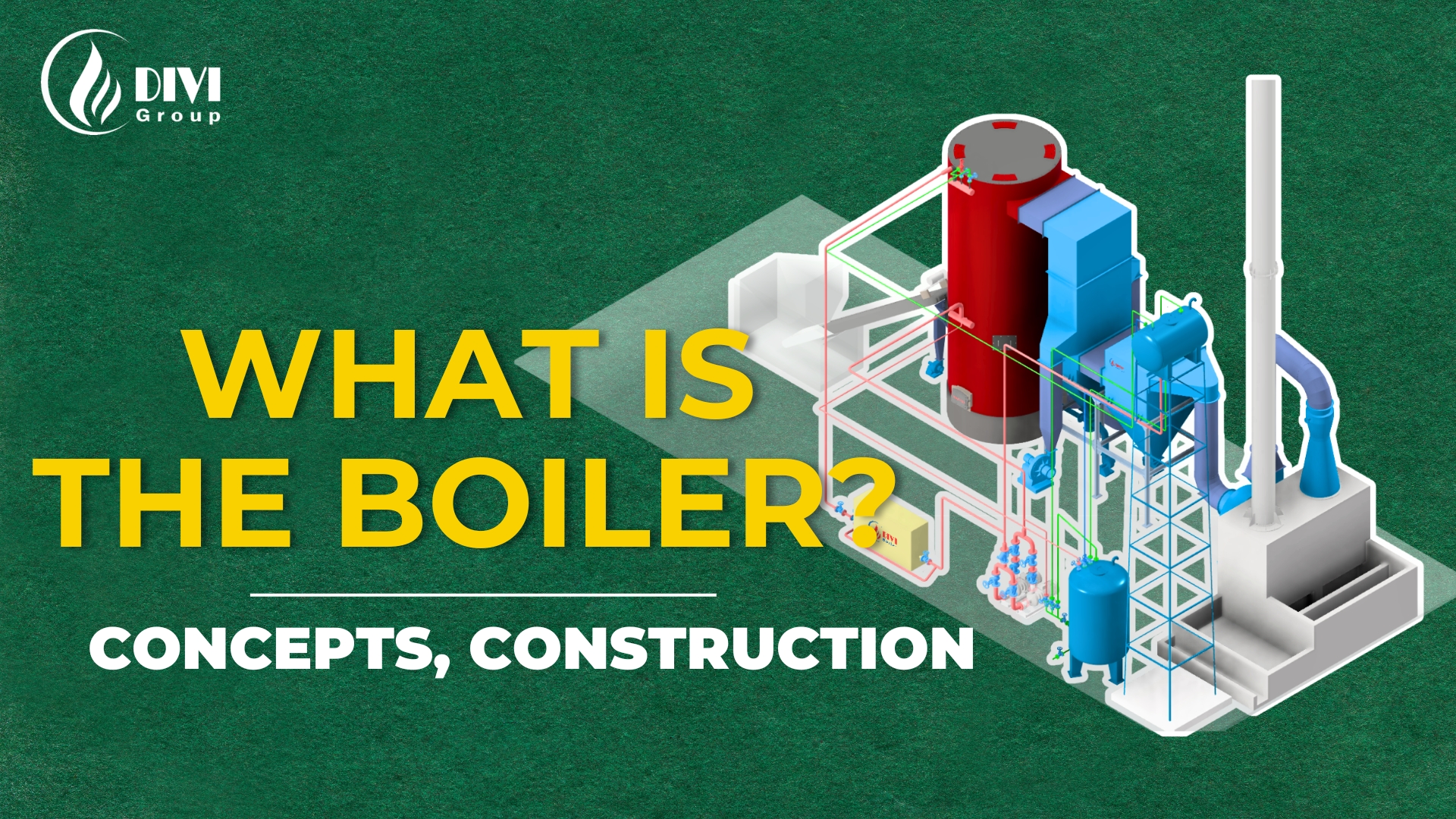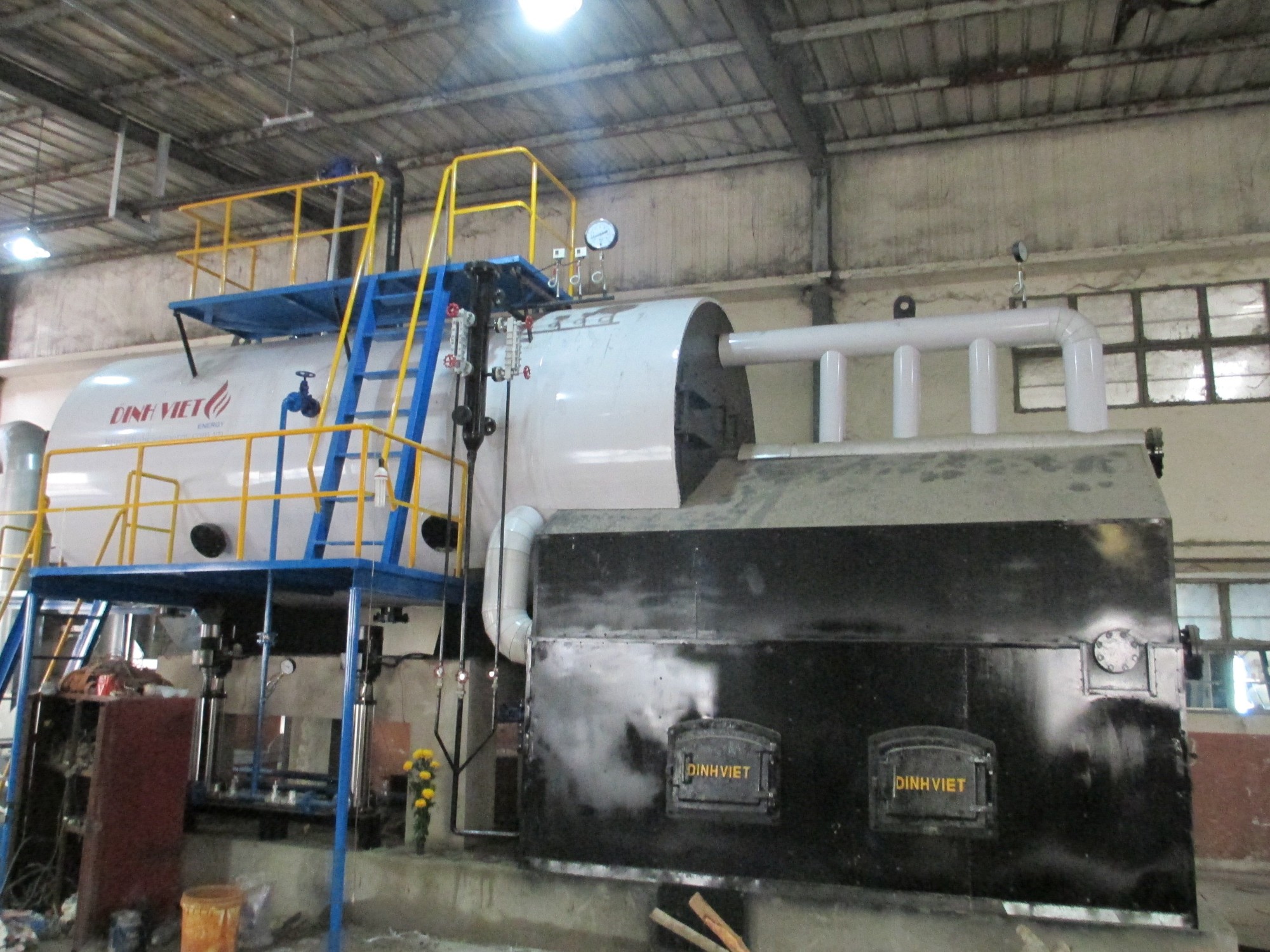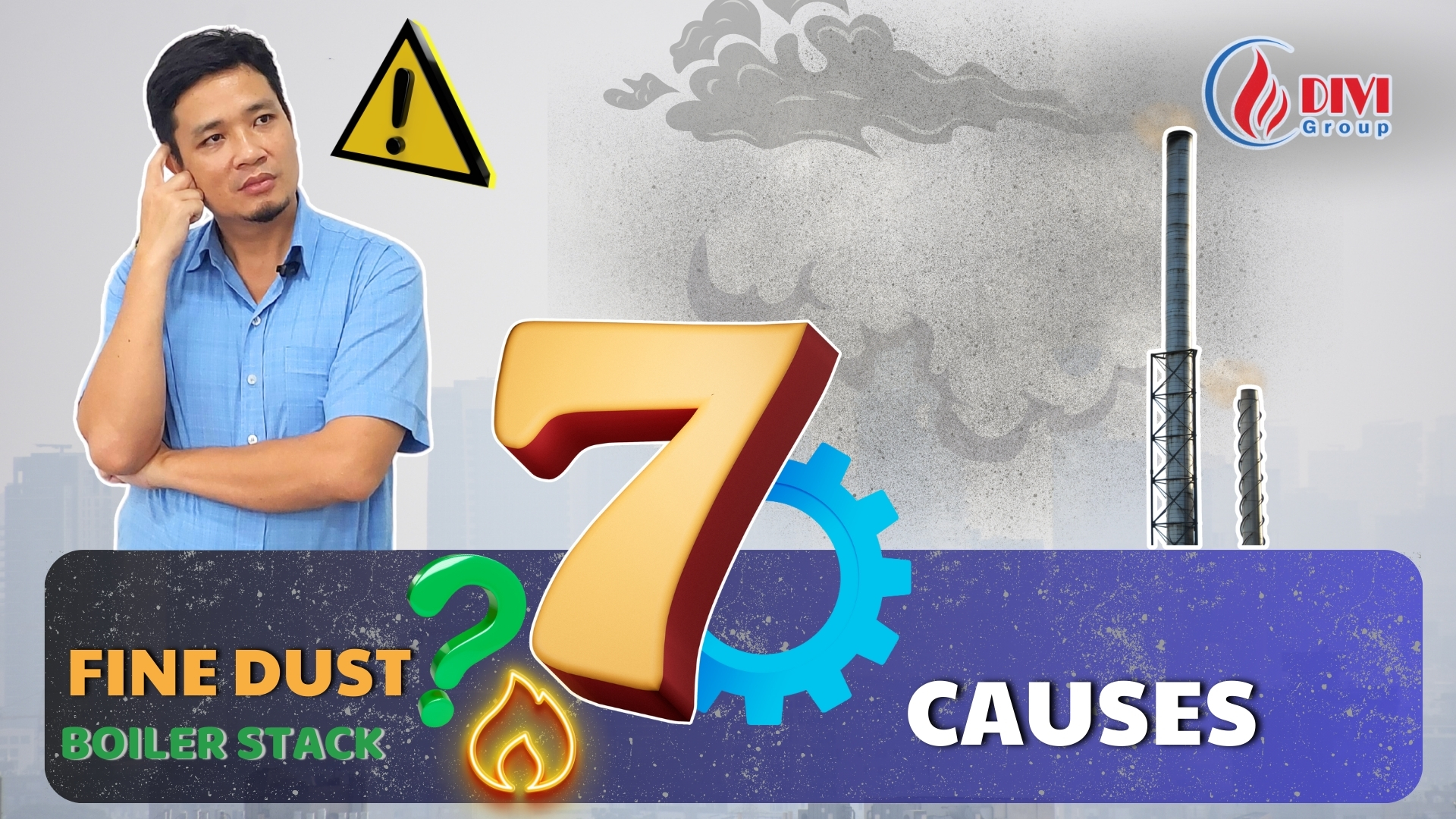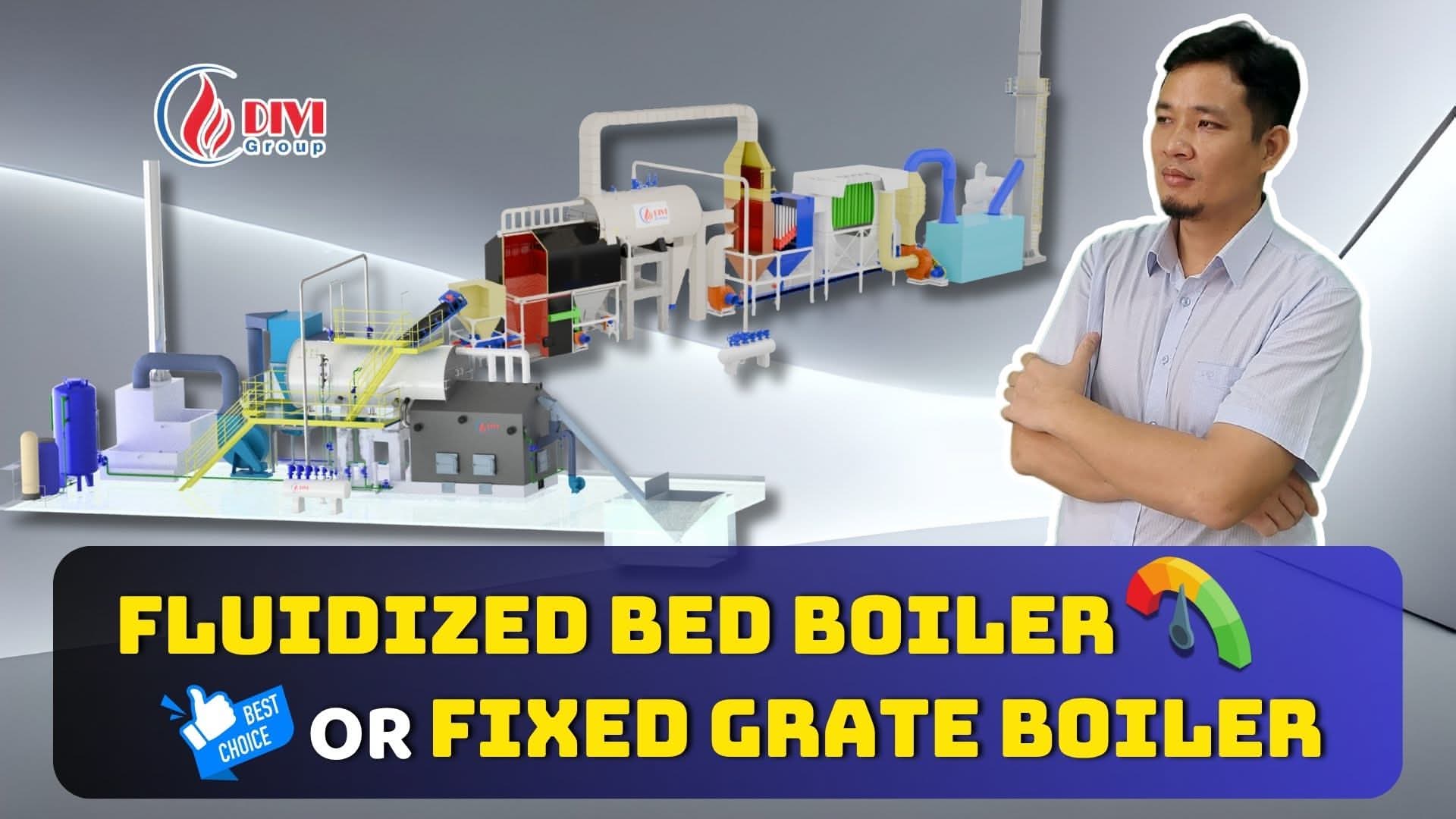What Is an Electric Steam Boiler? How It Works & Industrial Uses
What is an electric steam boiler, and why are electric boilers becoming essential in modern industries?
From hospitals to factories, the electric boiler offers clean, stable steam supply with low operating costs and high energy efficiency. In this article, explore how an electric steam boiler works and why it’s a smart, sustainable choice for today’s industrial needs.
What is an electric steam boiler, and how does it differ from a regular electric boiler?
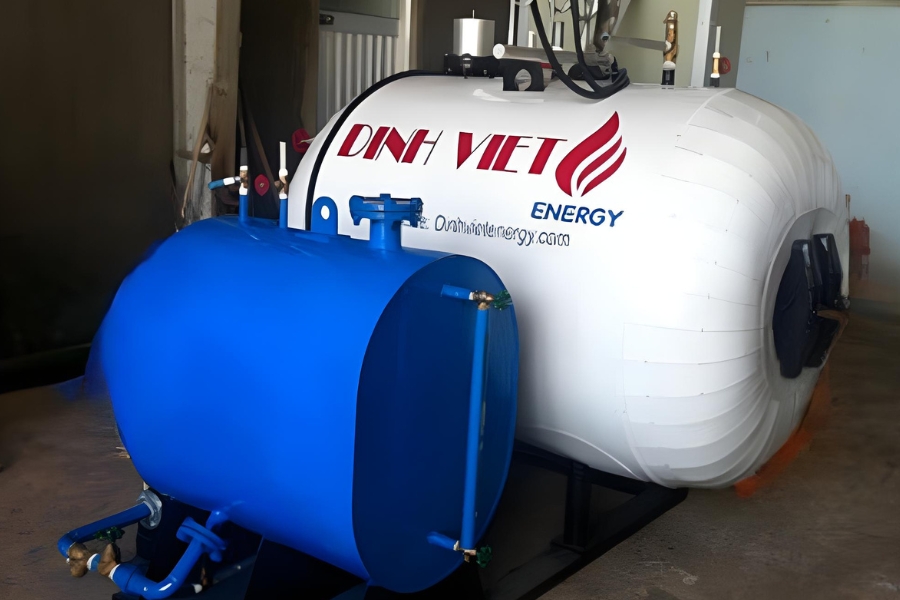 What is an electric steam boiler?
What is an electric steam boiler?An electric steam boiler is a type of industrial equipment that uses electrical energy to generate heat, boil water, and convert it into steam for use in various industrial processes. Unlike conventional boilers that rely on fossil fuels such as oil, gas, or coal, the electric steam boiler operates cleanly, producing no harmful emissions, which makes it a more eco-friendly solution. The generated steam is commonly used in cooking, sterilization, and drying applications.
Thanks to its outstanding advantages in safety, energy efficiency, and environmental performance, the electric steam boiler is now widely adopted across industries such as industrial laundry, food production, textile manufacturing, and other commercial operations.
Advantages and Limitations of Electric Steam Boilers
| Advantages | Disadvantages |
|---|---|
| Compact size, easy to install in tight spaces without taking up much area. | Very high electricity consumption. |
| Simple operation, no need for full-time personnel. | High investment cost due to potential need for additional power substations. |
| Fast steam generation compared to biomass-fueled boilers. | |
| No emission during operation, no permit required for air discharge. | |
| Easy maintenance and servicing. |
Advantages of electric steam boilers
1. Electric steam boilers feature a compact design
Electric steam boilers are compact and easy to install in confined spaces without occupying too much area. This is a major advantage, especially suitable for factories with limited floor space.
2. Simple operation
Compared to conventional fuel-fired boilers, electric steam boilers have a simplified operating system that does not require constant supervision. This helps reduce labor costs and operational complexity.
3. Rapid steam generation
These boilers can generate steam quickly, meeting immediate demands—especially important in industries that require a continuous and fast steam supply.
4. Zero emissions
One of the most notable benefits of electric steam boilers is that they produce no emissions, helping protect the environment and simplifying legal procedures related to environmental permits.
5. Easy maintenance
Maintenance of electric steam boilers is less complicated than that of traditional fuel-based boilers, reducing both downtime and operating costs.
Limitations of electric steam boilers
1. High power consumption
Electric steam boilers consume a significant amount of electricity, particularly at high capacities. Producing 1,000 kg of steam typically requires between 700–800 kWh of electricity, increasing operating costs compared to biomass or oil-fired boilers.
2. High initial investment due to substation requirements
In addition to purchasing the electric steam boiler, businesses often need to invest in an electrical substation to ensure stable power supply. This increases the total upfront cost, especially for large-scale production facilities.
Structure of an Electric Steam Boiler
Electric steam boilers play a vital role in many modern industries, especially in sectors that require high-pressure and high-temperature steam to support production processes. The structure of an electric steam boiler is complex, comprising both core and auxiliary components that ensure safe, stable, and energy-efficient operation.
First, the boiler body is the core part of the system, typically made from high-pressure-resistant steel. Since it operates under extreme temperature and pressure, the body must have exceptional mechanical durability to prevent malfunctions during operation. The heat-resistant steel material also helps protect the system from corrosion and damage caused by high thermal loads.
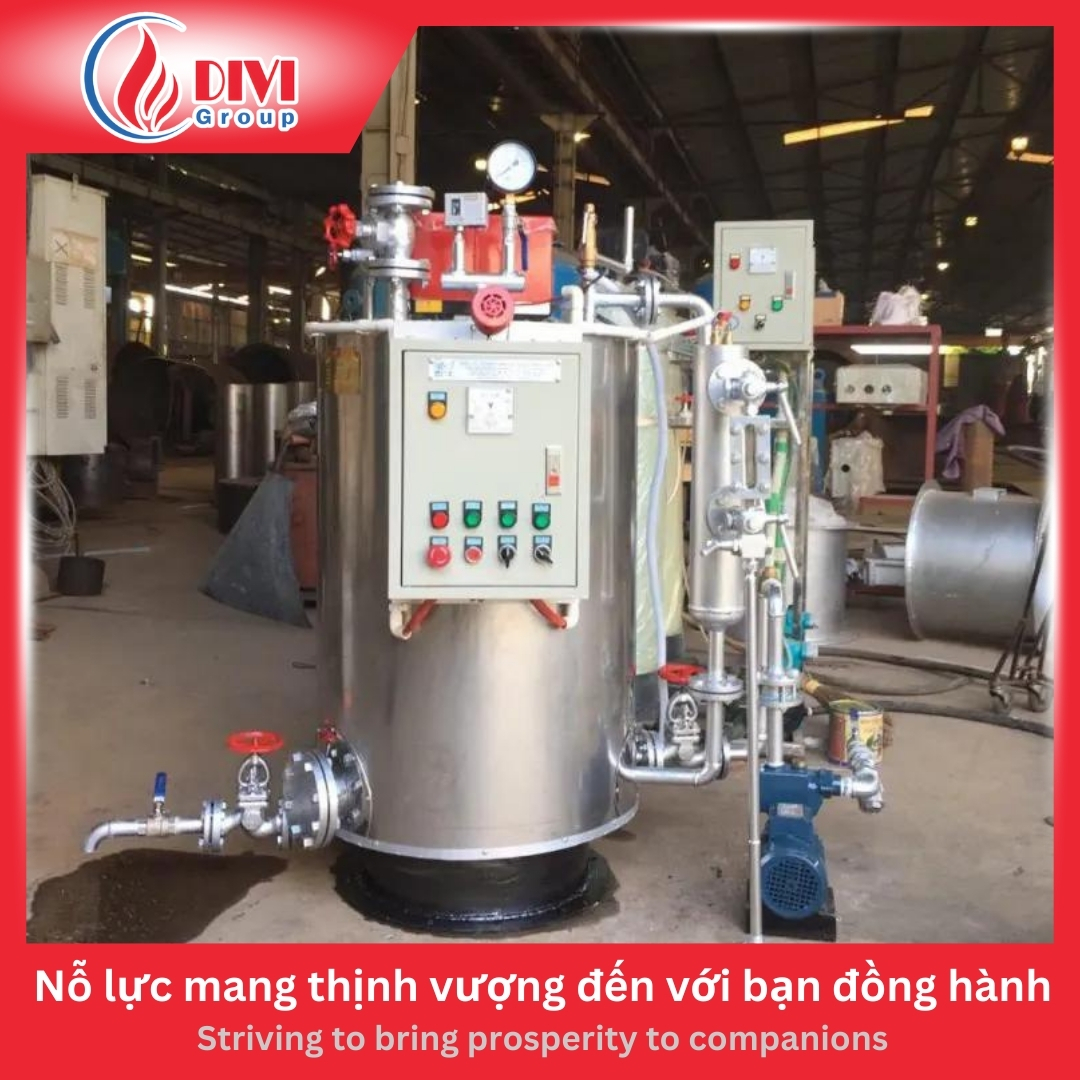 Structure of an electric steam boiler
Structure of an electric steam boilerNext is the valve system, including the feedwater valve, blowdown valve, and safety valve. These valves regulate water inflow and outflow, while also controlling internal pressure. Proper pressure regulation prevents overpressure scenarios, ensuring the electric steam boiler functions safely and reliably under various conditions.
A crucial component is the control cabinet, which integrates automation features such as temperature and pressure control, as well as water pump operation. With advanced automation technology, the control system can shut down automatically in case of system errors, protecting both the equipment and the operator. This automated control enhances operational efficiency and minimizes the need for manual intervention.
The feedwater system ensures a continuous water supply to the boiler, preventing interruptions in steam production. Before entering the boiler, water must be treated through filtration systems to remove impurities, thereby prolonging the life of the boiler and improving its overall performance.
In addition to these main parts, industrial electric steam boilers are equipped with supporting devices to optimize efficiency and safety. The heating element assembly is the most critical unit, converting electrical energy into heat to boil water and generate high-pressure steam. Supporting this are the water level controller and feedwater pump assembly, which maintain a stable water level, avoiding overfill or dry-run conditions that can reduce efficiency or damage the system.
Moreover, the pressure gauge assembly allows operators to monitor internal pressure levels, while the safety relief valve automatically activates if pressure spikes, preventing hazardous failures. Alongside these, the main steam valve and blowdown valve manage the flow of steam and remove sediment buildup, ensuring long-term operational efficiency.
The electrical control cabinet acts as the command center of the entire electric boiler system. All functions—temperature control, pressure monitoring, and pump operation—are handled via the control cabinet, allowing for continuous and automated operation without human intervention. This not only enhances production efficiency but also lowers labor costs and minimizes technical risks.
Electric steam boilers are favored not only for their operational efficiency and high safety standards but also for their automation capabilities, which significantly reduce manual workload and operating expenses. Investing in an electric steam boiler system brings both economic benefits and long-term sustainability for industrial processes. These advantages make electric steam boilers an ideal solution across various industries—from small-scale operations to large manufacturing facilities.
Working Principle of an Electric Steam Boiler
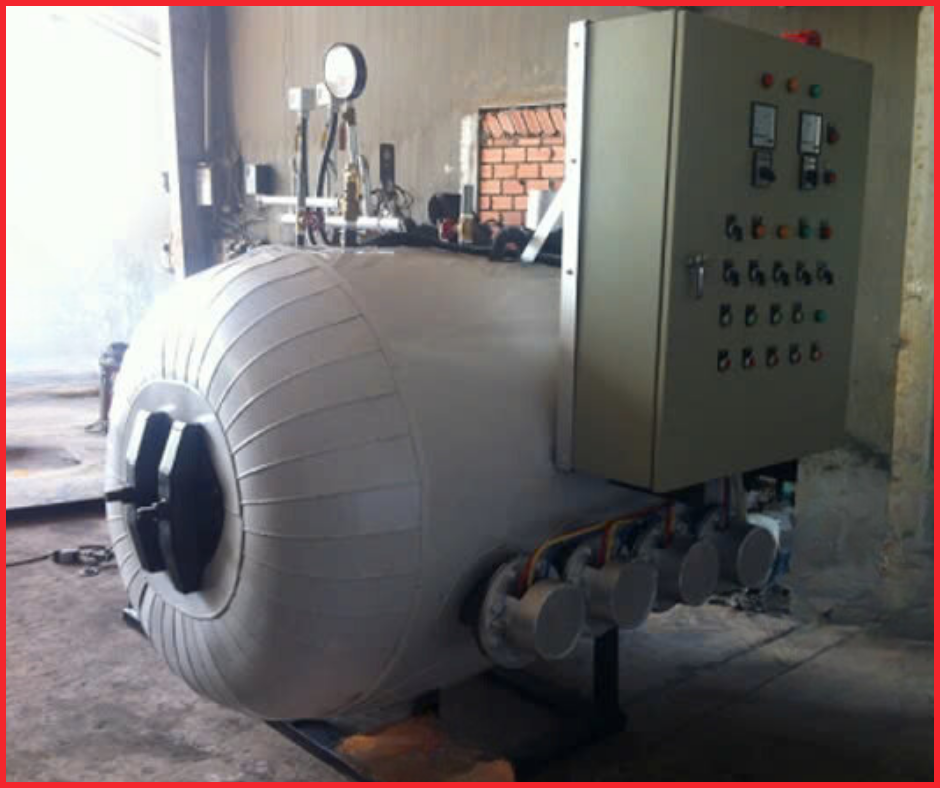 Working principle of an electric steam boiler
Working principle of an electric steam boilerAn electric steam boiler operates on the principle of using electrical energy to heat submerged heating elements in water. As the heating element becomes hot, it boils the water inside the boiler, generating high-pressure steam. This steam is then routed through valves to serve industrial processes that require heat energy.
The automated control system monitors the entire process—from water feed to pressure and temperature regulation. In case of any malfunction or abnormal condition, the system will automatically shut down to ensure the safety of both the equipment and the operator.
Common Types of Electric Steam Boilers
On the market today, electric steam boilers are typically divided into two main types:
-
Vertical electric steam boiler: Compact design, suitable for factories with limited space and moderate steam demand.
-
Horizontal electric steam boiler: Commonly used in high-capacity factories, delivering more powerful and stable steam output, though it requires more installation space.
Industrial Applications of Electric Steam Boilers
Electric steam boilers are widely used across various industrial sectors, including:
-
Industrial laundry: Provides steam for pressing and cleaning garments.
-
Food industry: Uses steam for cooking and sterilizing food products.
-
Textile industry: Steam helps soften fabrics and sterilize garments.
-
Chemical industry: Supplies consistent heat for chemical production processes.
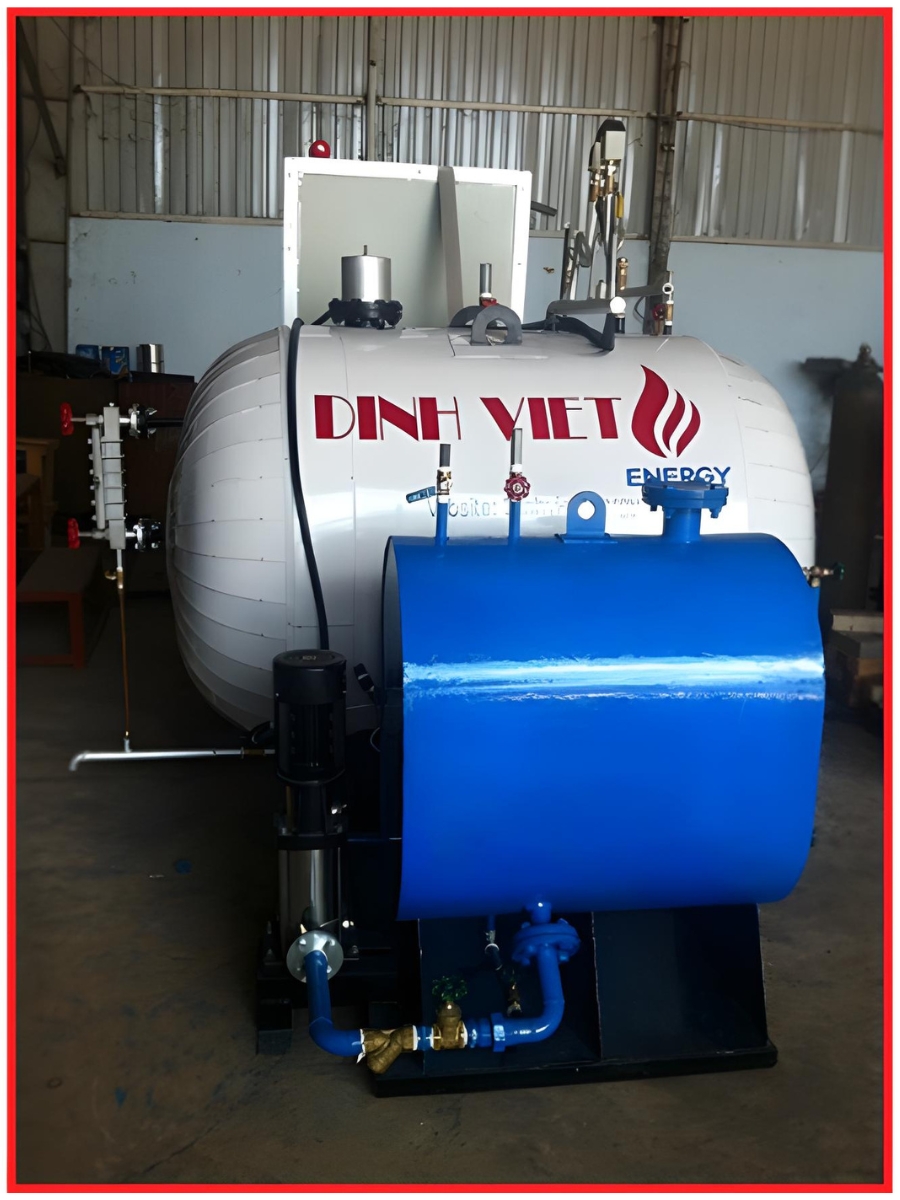 Electric steam boiler at DIVI Group
Electric steam boiler at DIVI Group
Comparison Between Electric Steam Boilers and Other Types of Boilers
Compared to traditional boilers that use oil or coal, the electric steam boiler offers several advantages:
-
High efficiency: Electric steam boilers achieve energy conversion rates of up to 98%.
-
Environmentally friendly: No CO2 emissions, helping reduce pollution.
-
Low operating costs: No need for constant manual monitoring, saving labor expenses.
Frequently Asked Questions (Q&A)
1. Does an electric steam boiler cause environmental pollution?
Technically, no. It emits no direct harmful gases. However, its environmental impact depends on the electricity source. When powered by renewable energy (solar, wind, hydro), its emissions are near zero. If powered by coal-based grids, indirect pollution may occur.
2. How do I choose the right electric steam boiler for my business?
Consider three main factors: required steam capacity, installation space, and power availability. For small factories with limited space, choose a vertical model. For larger facilities, opt for high-capacity horizontal units.
3. Is an electric steam boiler cost-effective in the long term?
Yes. Although initial setup may be higher, it saves money on fuel, labor, and maintenance. Long-term energy savings and environmental compliance make it a sustainable choice.
4. Can electric steam boilers run on solar energy?
Yes, if the solar system can supply consistent high voltage. Pairing electric boilers with solar panels is a green solution for businesses pursuing sustainability.
5. What industries benefit most from electric steam boilers?
Textile, food processing, industrial laundry, and chemical manufacturing are key sectors that benefit from their clean, stable, and efficient heat supply.
Conclusion:
By understanding the working principle and applications of the electric steam boiler, it's clear that this solution offers not only energy efficiency but also a reduced environmental footprint compared to fossil fuel systems. With its compact design and user-friendly operation, it is the ideal choice for companies looking to optimize space and improve productivity.
Related Articles:
Additional Reference Videos:
Which Boiler Wins? Boost Efficiency by Choosing the Right Type: Water-Tube vs Fire-Tube Boilers
Why This 5-Ton Fluidized Bed Boiler is a Game Changer for Factories
DIVI Group's Boiler Products:
Other news
-
COMPARISON OF STEAM TRAPS: PRINCIPLES – EXPERIMENTS – OPTIMAL SELECTION FOR STEAM SYSTEMS
29/11/2025, -
Compact Biomass-Fired Boiler DVG-VN – The Optimal Fossil-Fuel Replacement Solution for Factories
23/11/2025, -
Which Boiler Should You Choose: Fixed Grate or Fluidized Bed? Detailed Efficiency, Cost & Environmental Comparison
24/06/2025, -
5 Common Mistakes in Industrial Steam Distribution Systems
11/06/2025, -
Mr. Boiler Speaks: Wake-Up Call from an Industrial Icon
09/06/2025, -
What is a Thermal Oil Heater? Structure, Benefits & Safety Tips
27/05/2025, -
3 Danger Signs of Boiler Operation You Should Never Ignore
24/05/2025, -
7 Common Causes of Boiler Flue Gas Issues – Effective Treatment Solutions
08/05/2025, -
Causes of Boiler Explosions and Effective Prevention Methods
03/12/2024, -
What is the Working Principle of a Two-Drum Water-Tube Biomass Fluidized Bed Boiler?
29/11/2024,

 EN
EN




